Vintage Grocery Stores
These days most shoppers take stores for granted. The soulless fluorescent lights and white aisles stocked with food. While the formula for grocery stores has always been the same, prices and looks have changed drastically over the decades.
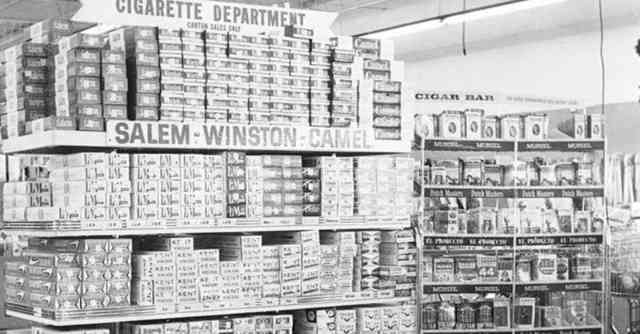
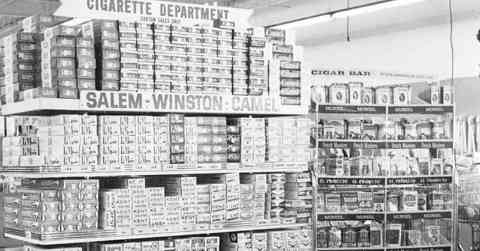
Take a look at vintage photos of grocery stores from the past. They’re sure to either show you how much things have changed or give you nostalgia.
The 70s
Northland Food was a grocery store in the 1970s. Shoppers loved coming here to get their groceries, from bread to all sorts of produce. Things look wildly different - for one, the cash registers are enormous and mechanical rather than the digital ones we have today.
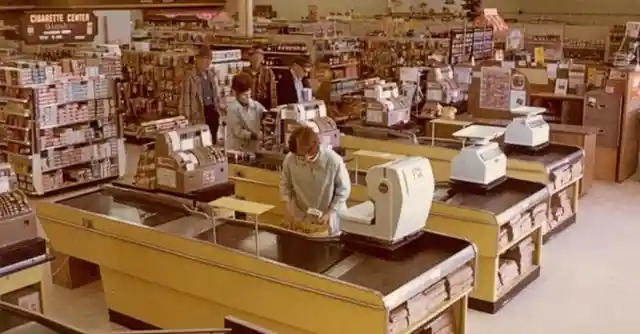
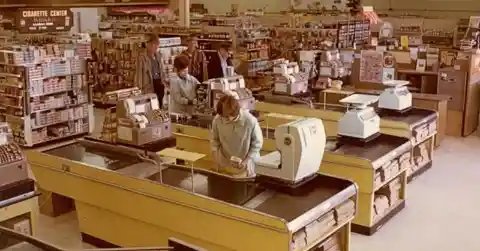
The counters are a cream color, very fashionable in the 70s. There are even enormous scales to weigh any produce shoppers want or need.
Grand Grocery Company
The Grand Grocery Company had its doors open in the 1940s. This was a place with reasonable prices where families could get any local produce they needed.
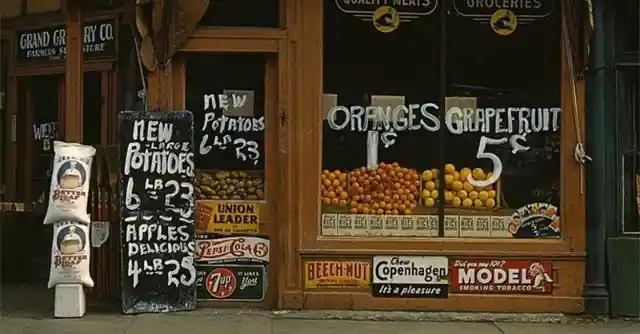
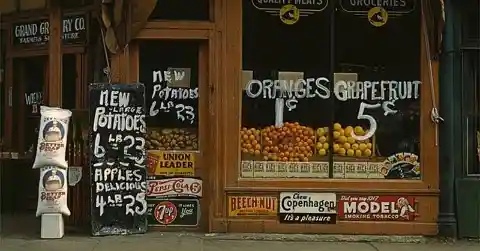
The prices in the 1940s were unbeatable, only 1c for an orange? We know it’s all because of inflation, but imagine seeing those prices in a store today.
Ralph’s
Ralph’s was a popular grocery store chain in the 1940s. A culture emerged from the parking lot outside where drivers would gather to hang out and show off their rides. They would spend an hour or two relaxing there after work before heading home to their wives.
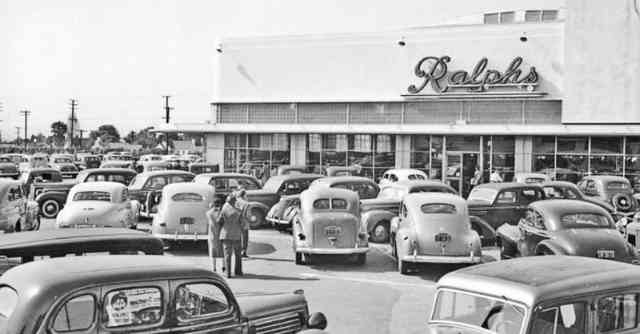
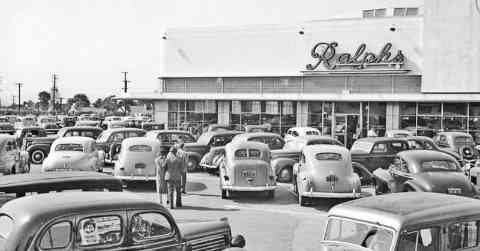
We’re sure they’d use the excuse of picking up groceries from Ralph’s first, though.
U-Pak Kmart
Here’s a glimpse of what it was like to shop at a U-Pak Kmart in 1979. You’d walk down the aisles picking up whatever you’d like, saving 30% on products that are just as good as their brand-name counterparts
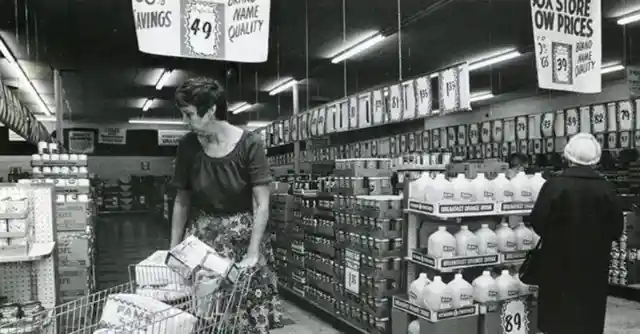
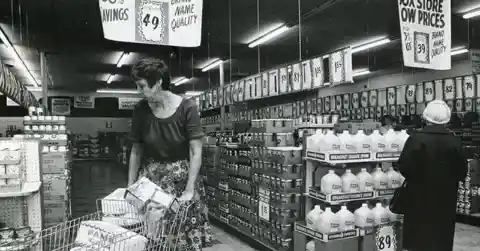
Then you’d go to the counter and check out your goods yourself, that’s more efficient than Amazon Go Stores.
Mayonnaise
With all of this mayonnaise, it seems likely that there was some kind of contract with the company. Cozart’s grocery store might have just been in an area where American’s really like mayonnaise?
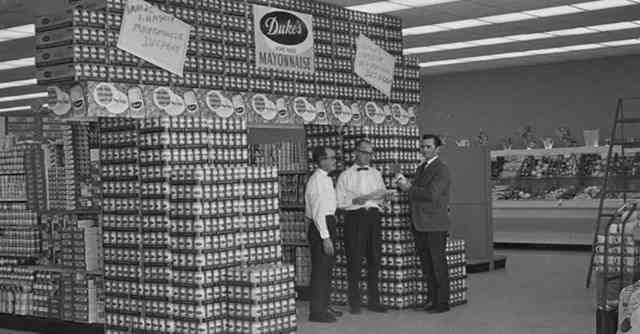
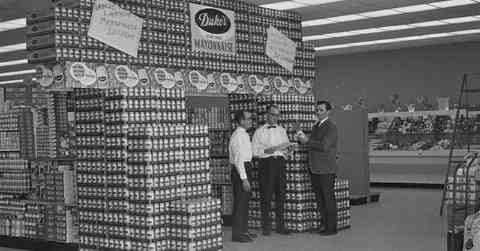
We wouldn’t be surprised if they had the bread section right next to it. Or maybe they prefer egg salad?
“Health Oranges”
The owners of Sunny Store were proud of their supply of oranges. They called these “health” oranges and marketed them as good for making juice. Sunkist Oranges were also branded to have 2% more vitamin C!
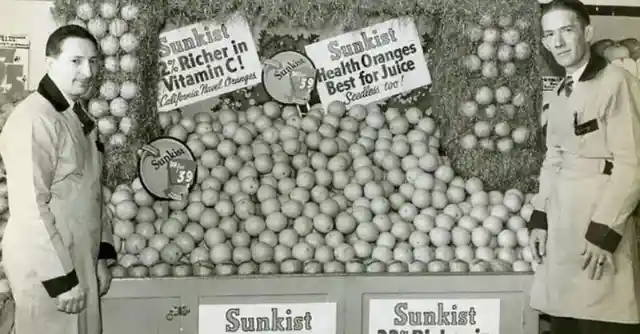
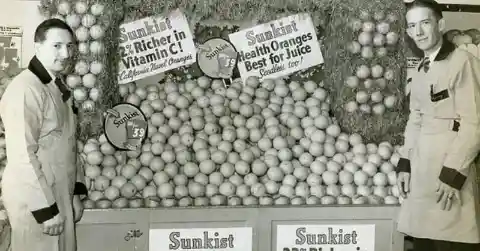
We’re sure this grocery store also had a deal with the brand.
Owl
Here’s a photo of a shop window, they’re promoting their famous potatoes. Bear in mind in the 40s that finding good local produce was a lot harder than today. So finding a reliable supplier was necessary to a healthy living.
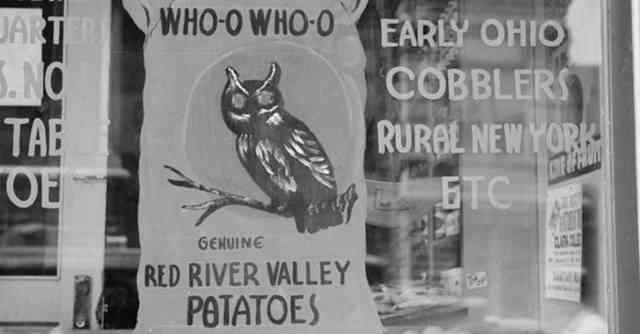
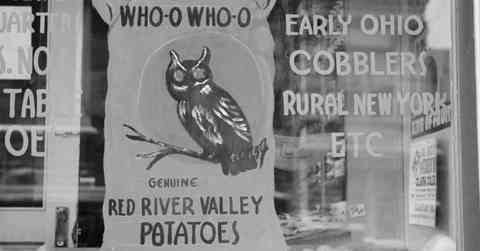
There’s even writing on the window promoting a cobbler as well, something you’d never see today. The store’s mascot owl is also on the window.
Toothbrushes
This photo shows a woman at a grocery store looking at toothbrushes. Back in the 1940s, it was unheard of to get multiple things at a grocery store, whereas these days, it’s easy to get almost anything from a store.
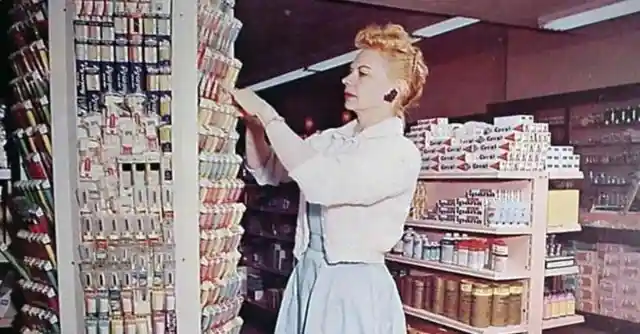
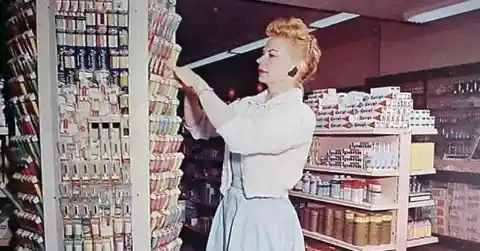
This store could have been the start of making a consumer only have to go to one store for all of their shopping needs.
Butcher
Here’s a butcher standing proudly behind his counter in the 1930s. It’s weird to see him wearing what looks like formal clothing compared to what we’d see a butcher today. In the 1930s, it was all about how professional you looked.
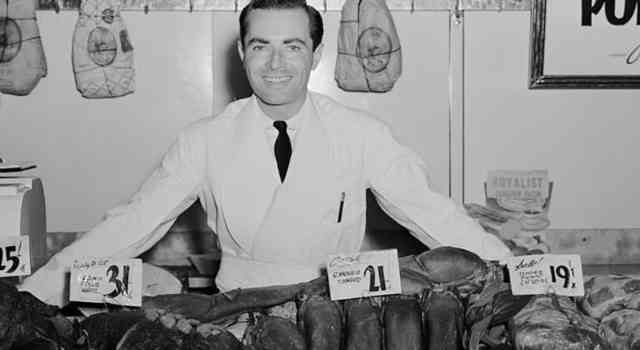
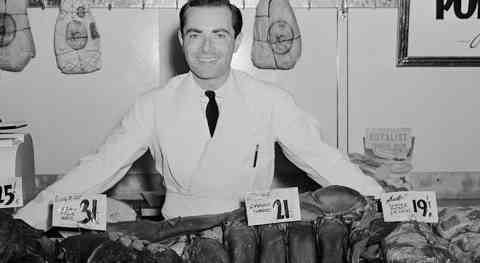
This butcher needs to look his best to confidently sell his product - at least in the decade the photo is from.
Busy
This photo portrays an evening rush at a supermarket in the 40s. Clerks endlessly check out items and ring up their registers while the line seemingly never ends. Above the row of registers is a sign that reads “as seen in life.”
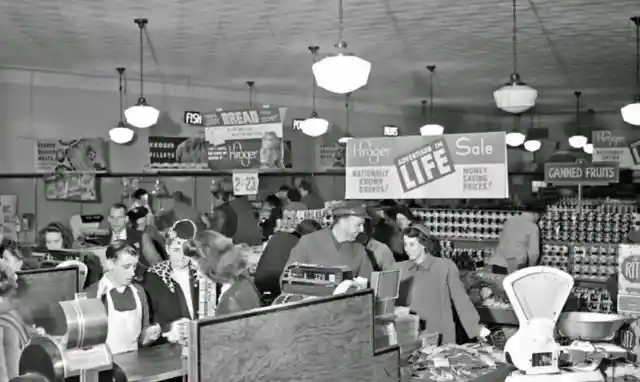
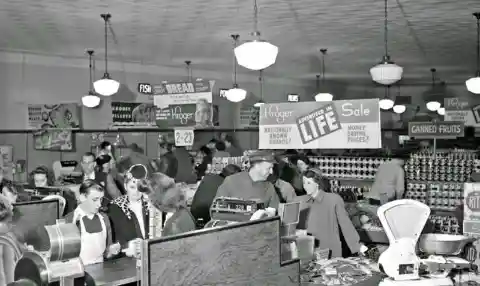
This means that the stores must have advertised their products and promotions in the magazine of the same name.
Off Shopping
This photo shows two young boys without a parent in sight. Their mother is probably off hunting deals or looking for the manager to ask about a product. The older brother is charged with looking after his young sibling sitting in the shopping cart.
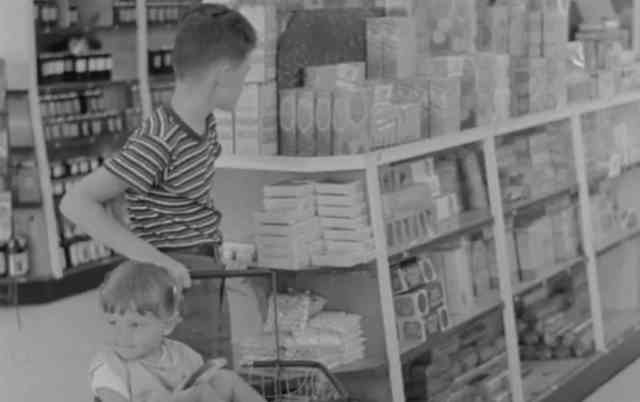
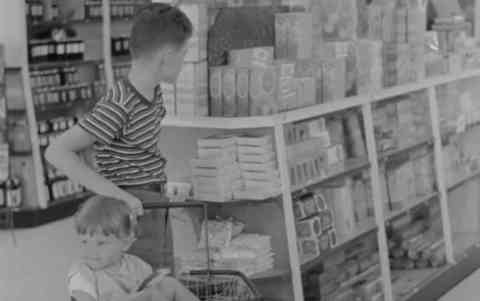
This could have been one of the first instances of a child sitting in a shopping cart. Nowadays, we see mothers putting their young children in their carts all the time.
Family Business
A lot of big franchises today started out as family businesses in the early twentieth century. Here’s a father/son business that started on the small side that stocked anything a customer might need.
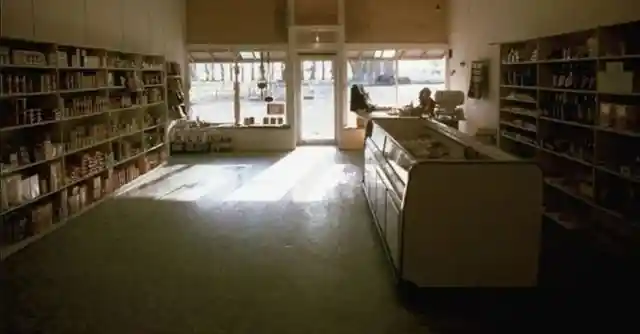
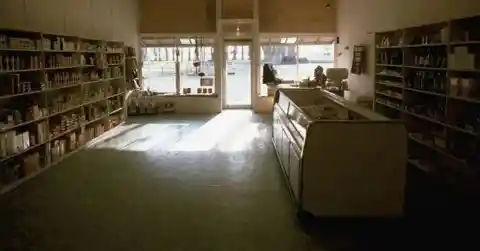
These small businesses helped out hundreds of local patrons before there were too many big-name companies.
Crackers
Here’s a photo from the 1950s where a woman stands in the cracker aisle looking down at her toddler. It’s easy to tell which era the photo was taken from the way the mother is dressed - she’s got the iconic 50s hair and short-sleeved sweater.
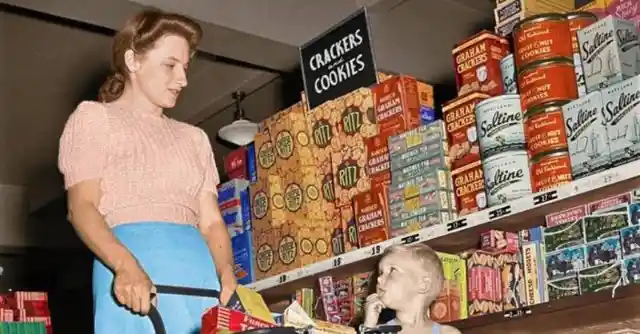
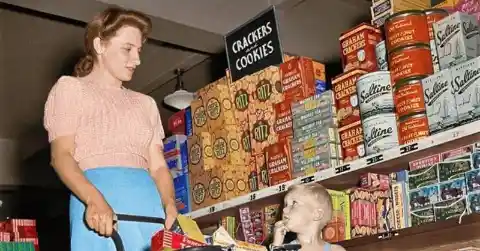
What’s even stranger is the number of crackers that are on the shelves. They must have some cracker-loving customers.
Catching Up
In the 50s, the dads of the neighborhood were meeting up at Ralph’s. They were showing off their cars. While they were doing that, the neighborhood mothers were running into each other at the supermarket a few blocks down.
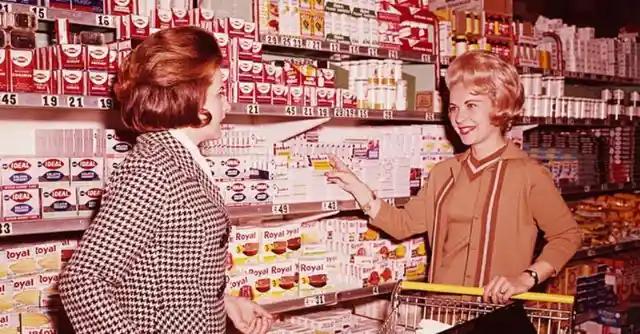
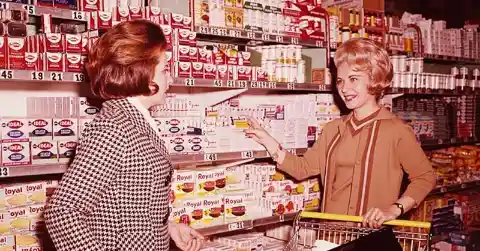
They’d talk about the local gossip while picking out their weekly shopping to take home to their families.